Acid Trip: A Definitive Guide To The Different Types of Skincare Acids
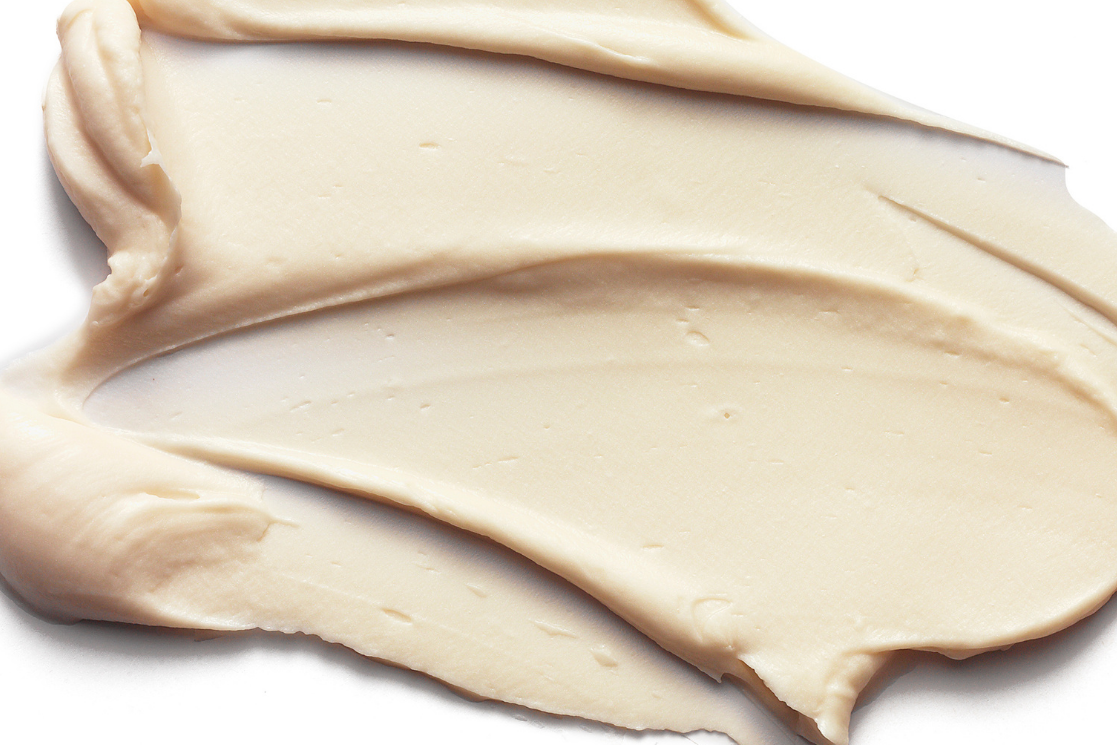
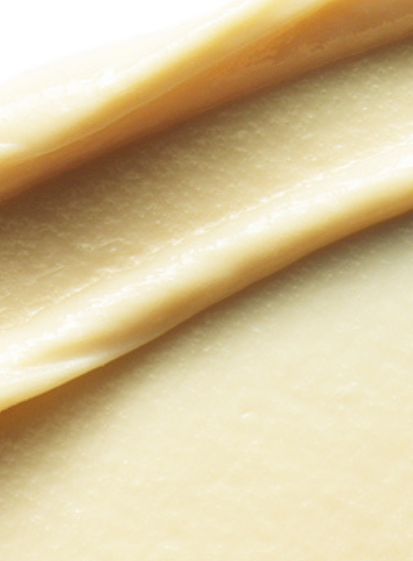
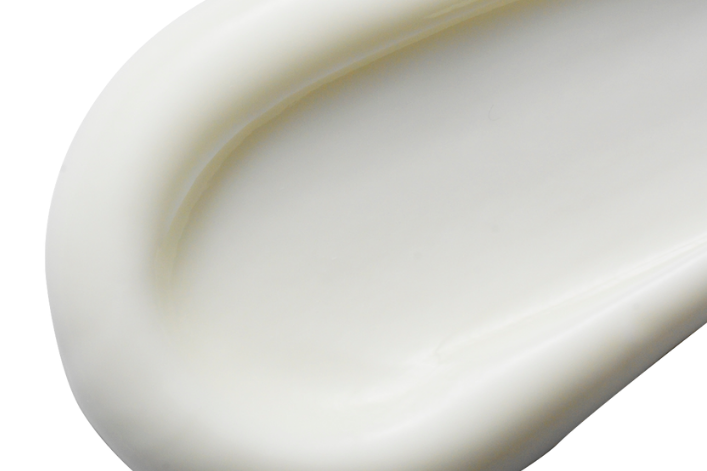
Acid. The word itself is as intimidating as Anna Wintour and the category more difficult to navigate than the roads of Sydney’s CBD.
However, the right acid—whether it be exfoliating, purifying, hydrating or regenerating—has the ability to transform good skin into jaw-dropping, amazing skin. Like, Miranda Kerr-level skin.
“Acids can be transformative with the capacity to yield magnificent results, however, they can also be destructive if not used correctly,” explains Melanie Grant, renowned facialist to the stars—including Gritty Pretty cover girl Phoebe Tonkin. “Every complexion is different. Although a particular ingredient may work wonderfully for your friend, sister or mother, it may not work for you.”
The good news? Once you find the right acids for your skin, there’s no turning back. To help you sort the must-haves from the maybe-nots, we’ve asked the experts to break down azelaic to hyaluronic (and everything in between).
You can also check out the Gritty Pretty Ingredients Glossary, here.
PHAs
A next-gen group of acids, PHAs (real name: polyhydroxy acids) have a multitude of skin benefits: they exfoliate, encourage cell turnover and hydrate.
“PHAs are the most gentle in the exfoliating acid family,” explains Grant. “They are suitable for more sensitive skin types as the molecular size is larger, resulting in slower penetration at a more surface level.” Translation? PHA-based products slowly dissolve the ‘glue’ that holds dead skin to our face and body—meaning the likelihood of a reaction is much lower than with other, faster-moving acids (glycolic acid, we’re looking at you).
PHAs—including gluconolactone, lactobionic acid and galactose—are “perfect for drier skin types” says Grant, as they promote hydration and attract moisture to the skin. Our favourite product? Ole Henriksen PHAT Glow Facial.
Lactic
Got milk? Lactic acid is an (underappreciated) AHA that brings the glow by gently exfoliating dead cells on the surface of the skin. “Lactic acid is a hydroxy acid derived from sour milk,” says Dr. Hkeik. “It dissolves the bonds that hold skin cells together but is also extremely hydrating; it is anti-inflammatory with antibacterial properties as well.” According to Dr. Hkeik, lactic acid is suitable for all skin types.
Lactic acid could be the most hydrating chemical exfoliant: it boosts the level of ceramides—hydrating lipids—that sit on the skin’s surface and increases water retention. However, gentle as it might be, use with caution. “Though lactic acid is on the gentle end of the spectrum, like any acid, you should be careful of overuse,” says Grant. “Personally, I love a low-strength lactic acid peel for instant radiance.” Our holy grail is the ever-popular Sunday Riley Good Genes.
Glycolic
One of the most potent of AHAs, glycolic acid is one to reach for when you’re after J-Lo levels of radiance. Penetrating deep into the skin, it’s a wonder-acid that treats a number of skin concerns.
“Glycolic acid is most effective for correcting sun damage, smoothing fine lines, as well as reducing acne, dullness, oiliness and uneven skin texture,” explains Dr Hkeik. “Congested and oily skin types respond particularly well to glycolic acid.”
However, proceed with caution: being a smaller molecule, glycolic acid can penetrate skin at speed and could irritate sensitive skin types if overused. Introduce it to your routine slowly, okay?
Wondering where to get your glycolic fix? “Glycolic acid can be found in a variety of cleansers, serums and moisturisers,” says Grant. “It is perfect for those of us looking to increase skin cell renewal or with maturing skin and pigmentation.” Our all-time favourite Alpha-H Liquid Gold is, quite literally, liquid gold.
Salicylic
Another blemish-buster, you’ll often find salicylic acid near the top of the ingredient lists of acne-targeting skincare, such as the Dermalogica AGE Bright Clearing Serum.
“Salicylic acid is a lipophilic (oil-soluble) ingredient, meaning it is able to penetrate pores deeply to clear sebum and dirt,” explains Grant. “It neutralises bacteria from within the pores before it develops into a blemish. It also attacks the skin’s ‘glue’, allowing it to eliminate dead skin cells while clearing congestion and soothing irritated skin.”
If next-level clarity is what you’re after, salicylic acid is one of your best bets, advises Dr Hkeik. “Salicylic acid works best for oily, acne-prone, congested skin. Its anti-inflammatory profile makes it suitable for sensitive skin types.”
Kojic
We promise we’re not making these names up as we go along. Kojic acid is derived from the fermentation of rice used for Japanese rice wine, sake – and, if the J-Beauty hype train is anything to go by, then they’re onto a damn good thing with this acid.
“Kojic acid is most powerful as a post-spot treatment (such as the 111SKIN 3 Phase Anti Blemish Booster),” advises Grant. Why? “It inhibits melanin production which causes dark spots, as well as diminishing existing hyperpigmentation.” See ya, spots!
Azelaic
Meet the acne-busting ingredient you’ve (probably) never heard of. Relatively new to the scene, azelaic acid is an anti-inflammatory wonder ingredient that is much less drying than traditional acne treatments, such as benzoyl peroxide. So, how does it work? “Azelaic acid reduces the production of keratin, which can block pores and lead to congestion,” explains Grant.
Prone to pigmentation? Azelaic-based products, including Paula’s Choice 10% Azelaic Acid Booster, can help with that. “Azelaic acid is a pigment-inhibiting ingredient, so it is excellent for the management of dark spots and all pigmentary concerns, including melasma,” says Dr Hkeik.
Hyaluronic
If you haven’t heard of HA (hyaluronic acid), could you please promptly come out from beneath the rock you’ve been living under? This acid is life changing. A hardcore hydrator, HA will almost instantly turn your skin into that of a plump, dewy goddess.
“Hyaluronic acid is a sugary molecule that binds to water,” explains neuroscientist Dr Claudia Aguirre, co-developer of skincare brand Skin Regimen. “HA is highly hygroscopic, meaning it can hold up to 1,000-fold more water than its own weight, boosting the skin’s moisture content and reducing inflammation.”
Although the human body produces hyaluronic acid, pollutants and environmental aggressors deplete our stores over time. The solution? Daily topical application of a HA-based serum.
“HA is one of the most beneficial skin care ingredients, encouraging long-lasting hydration and padding out fine lines and wrinkles,” says Grant. “It is best applied morning and evening as the first step after you cleanse – this will give it the greatest chance of penetration, with the added bonus of it drawing in further moisture from the products you layer on top of it.”
Does your skin err on the sensitive side? Grant suggests you try a formula that combines ultra-soothing HA with anti-inflammatory vitamin B, such as Medik8 Hydr8 B5 Intense Serum.
Polyglutamic
New kid on the block polyglumatic acid (PGA) is perfect for dehydrated skin. Obtained from fermented soybeans, it can retain 10 times more water than hyaluronic acid. (Refresher: HA can hold 1,000 times its weight in water). Yep. But don’t go ditching your HA just yet… “Hyaluronic and polyglutamic acids work synergistically together, as HA works to hydrate deep into the skin, while polyglutamic acid targets the outer layers to create a seal,” explains Grant.
While it is suitable for every skin type, Dr Hkeik recommends products such as The Inkey List’s Polyglutamic Acid for ageing skin. “Polyglutamic acid minimises signs of ageing such as lines, wrinkles and pigmentation, by smoothing lines and texture.”
Mandelic
If your skin is as irritable as this author before her morning coffee, try mandelic acid. As Grant explains, “Mandelic acid is best suited to anyone with sensitive or reactive skin who would still like to experience the benefits of chemical exfoliation.”
Over time, mandelic acid brightens skin, smooths wrinkles, unclogs pores and nixes pimples. So, why should those with more sensitive skin opt for mandelic over other exfoliants? Much like PHAs, it’s all down to size. “Mandelic acid is gentler due to its larger molecular size,” explains Dr Hkeik. “By taking longer to penetrate the skin, it’s not as potentially irritating.”
Consider us sold.
Alpha Lipoic
A considerably new player, alpha lipoic acid (ALA) is lauded for its ability to boost glow and improve texture. “Alpha lipoic acid works on an enzymatic level to provide antioxidant benefits to the skin – defending against free radicals, preventing premature ageing and brightening,” says Grant.
As a compound produced naturally in the human body, as well as in food, ALA doesn’t require everyday application, explains Dr Hkeik. “In skin products, it is a highly potent antioxidant used for improvement of skin texture and appearance.” We love The Ordinary’s Alpha Lipoic Acid 5% – use every two to three days for a pick-me-up.
Retinoic
Being a Gritty Pretty reader, we assume you’ve heard of retinol. Now, meet retinoic acid, the most active form of vitamin A. (Interestingly, retinol converts into retinoic when it makes contact with the skin.) One of the most transformative acids, retinoic acid fixes a multitude of skin sins.
“The greatest gift of retinoic acid, while being a great resurfacing agent, is that it also stimulates collagen and elastin proteins,” shares Dr Hkeik. In short, skin will be smoother, tighter and healthier.
Consider this your warning not to go HAM: retinoic acid is seriously active. Dr Hkeik suggests you start small, mixing a few drops of Skin Regimen’s 1.5 Retinol Booster into your night cream: “Retinoic acid is best tolerated by thickened, sun-damaged and generally non-sensitive skin types.”
Ferulic
Want to look younger for longer? Meet ferulic acid. This antioxidant does a little bit of everything, explains Grant. “Ferulic acid is an antioxidant derived from the seeds of fruit such as apples and oranges, as well as the cell walls of plants and vegetables like oats and seeds,” says Grant. “It halts the ageing process by reducing the impact of free radicals and protecting against sun damage, as well as offering regenerative properties to repair skin.”
Ferulic acid plays well with others; it boosts the stability and efficacy of certain antioxidants in skin care. “Ferulic acid combines particularly well with vitamin C (for example, in the Drunk Elephant C-Firma Day Serum), as it boosts photo-protection as well as stabilising the notoriously fickle antioxidant,” says Dr Hkeik. “However, there also are certainly great benefits of using it alone.”
Tranexamic
Traditionally used as an oral treatment for melasma, topical innovations are seeing tranexamic acid gain traction as a way to brighten age spots, pigmentation and discolouration. Dr Michele Squire, PhD-qualified scientist and founder of Qr8, Qr8 MediSkin, and Qr8 Nutrition, explains that tranexamic acid interrupts the chemical that signals production of melanin, leading to visible pigmentation. For best results, look for products that contain 3% to 5% concentration as this is the evidence-based dose for pigment fading.
Succinic
Unlike exfoliating acids (think alpha- and beta-hydroxy acids), succinic acid is more of an antimicrobial and anti-inflammatory compound that can support skin hydration and protect against environmental aggressors. It’s often touted as a hero ingredient for breakouts, but Dr Michele advises that the science to support these claims is limited—instead, look for products that combine it with clinically-proven acne fighters like retinoids, benzoyl peroxide and azelaic acid.


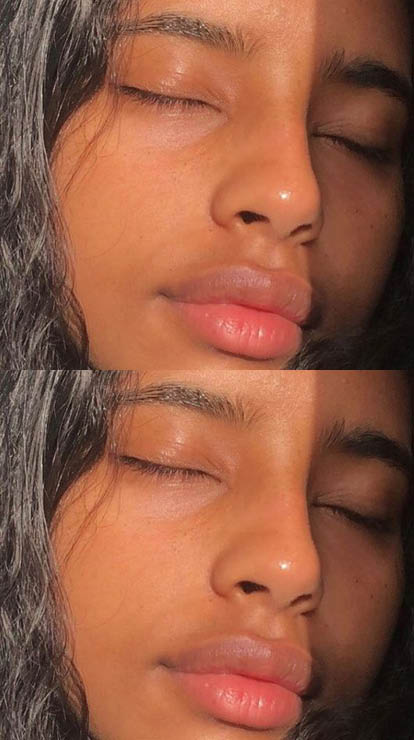
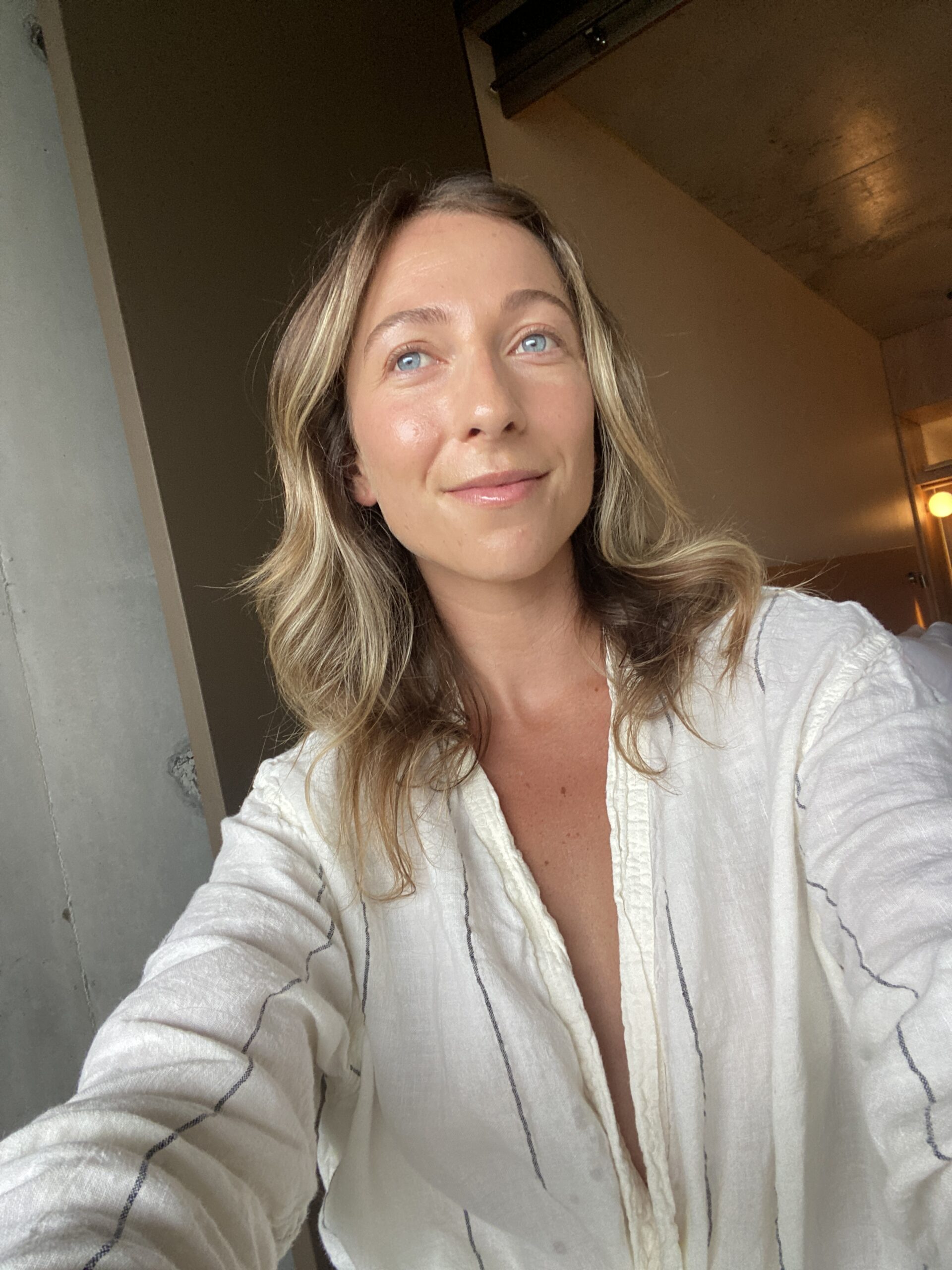


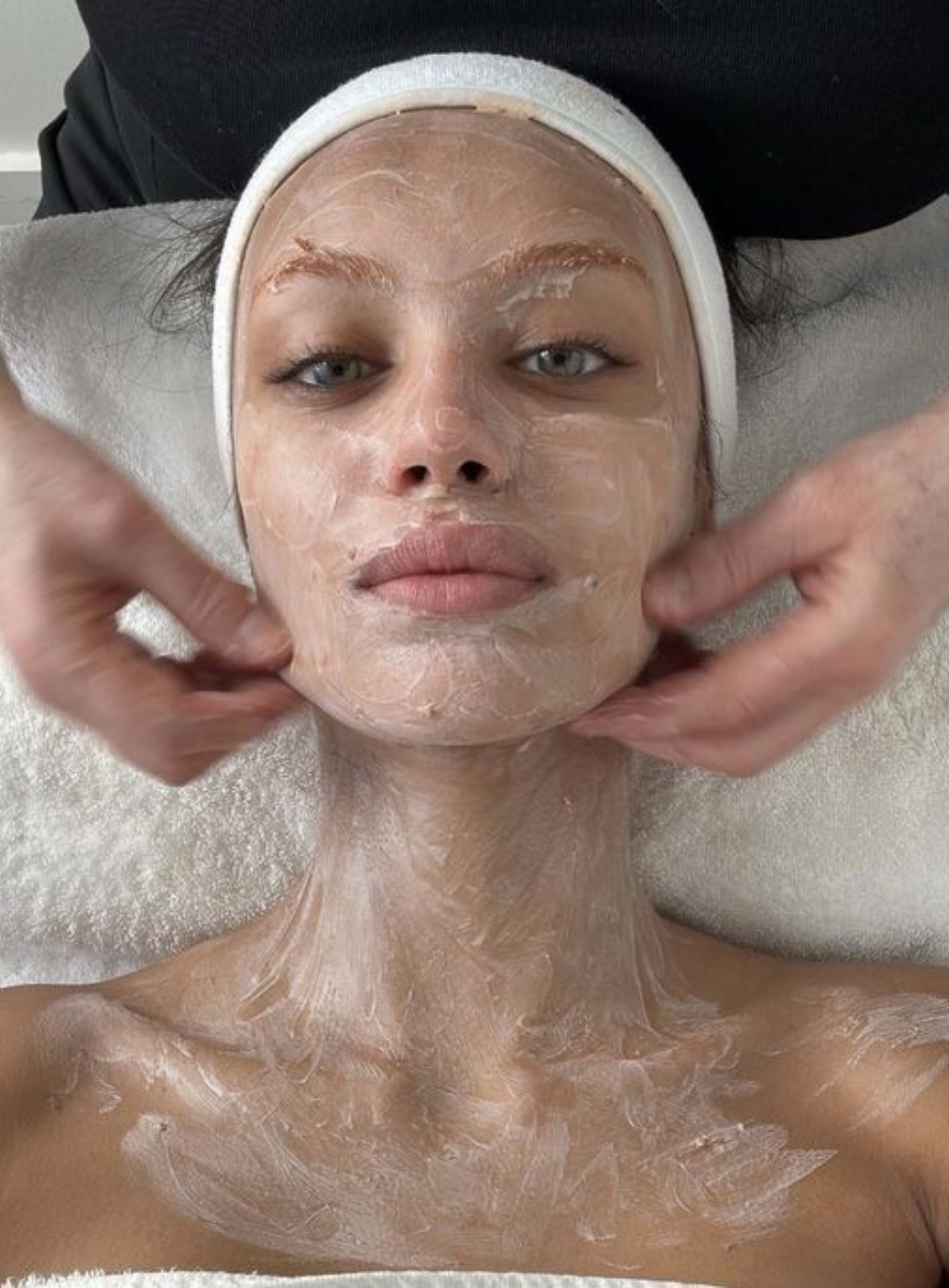
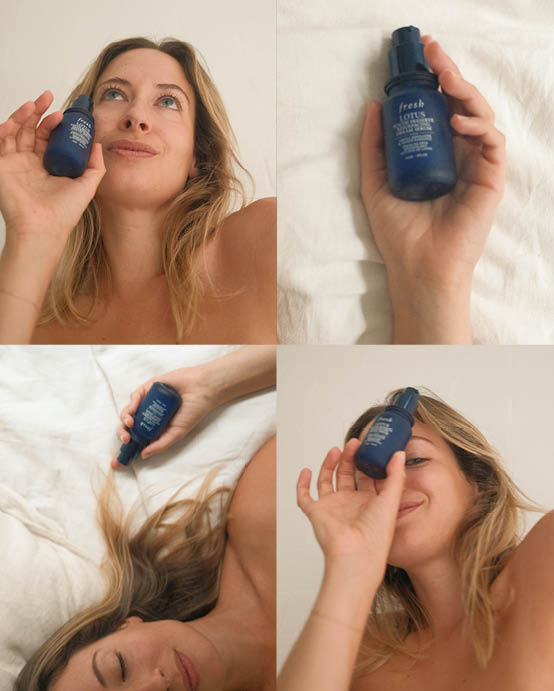
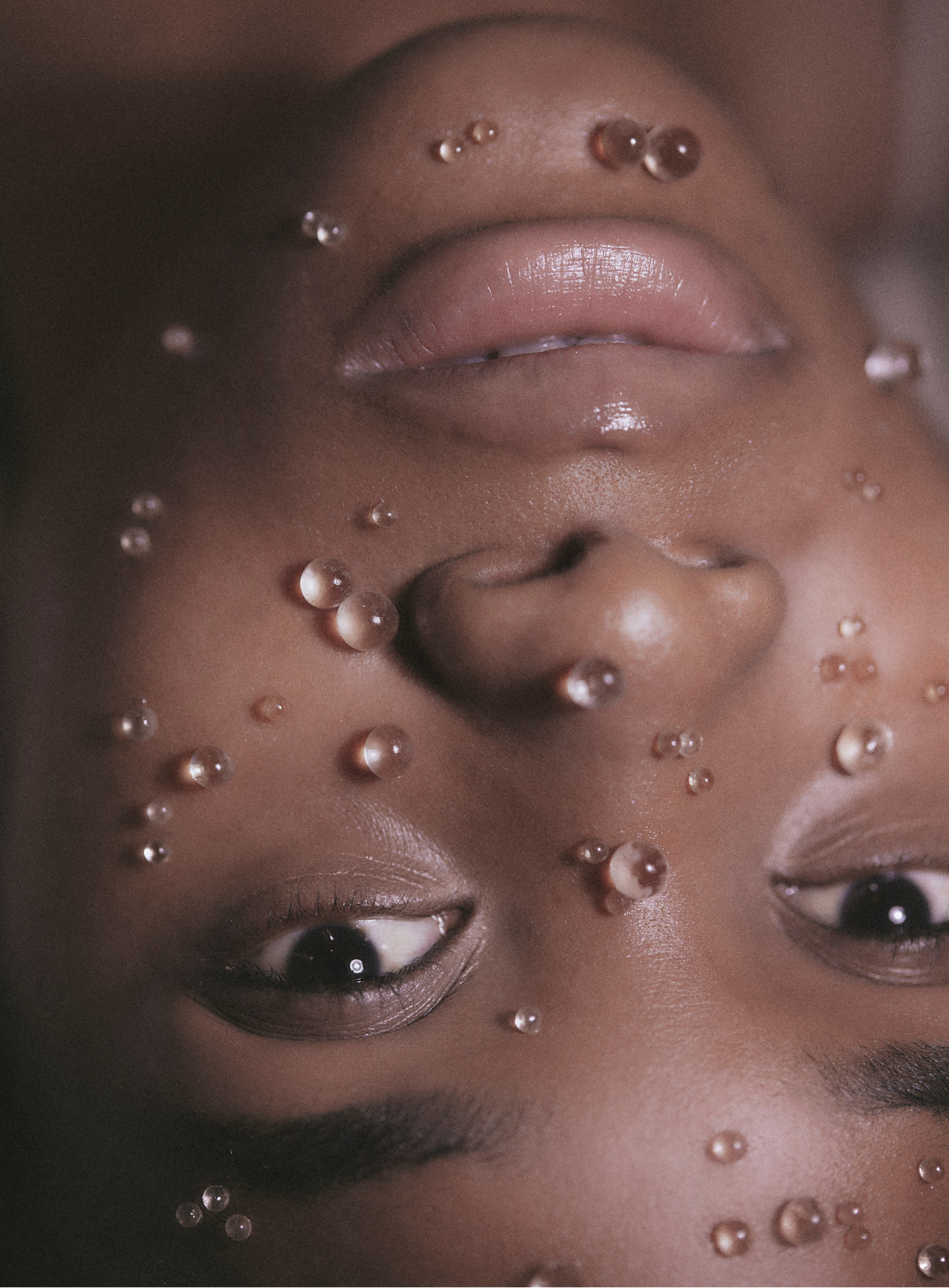
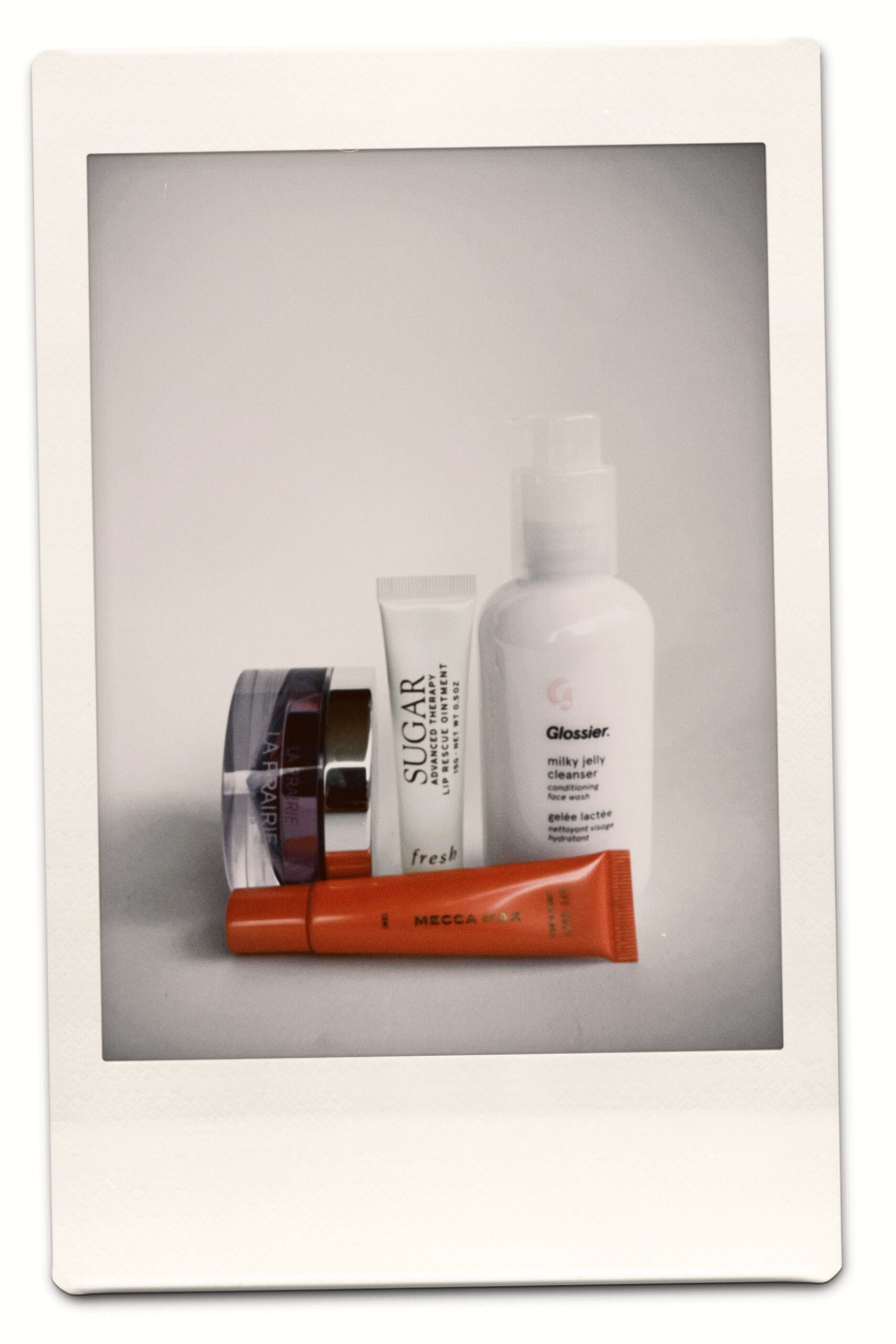


Comments